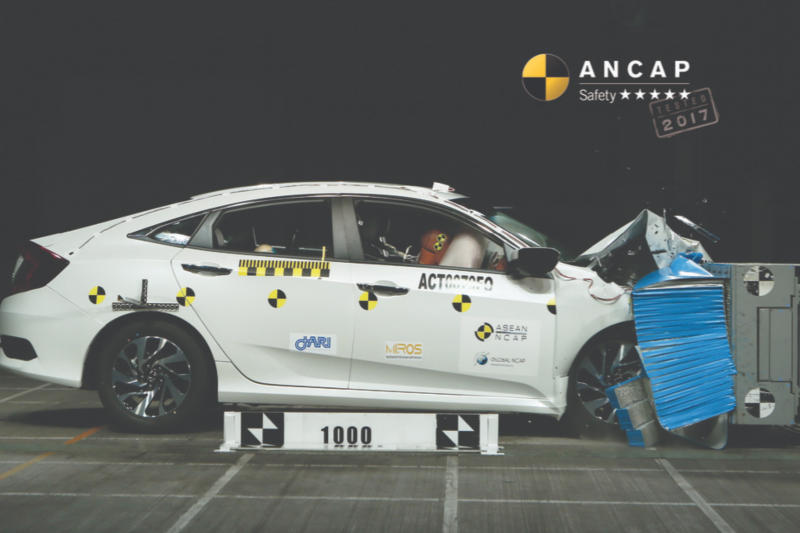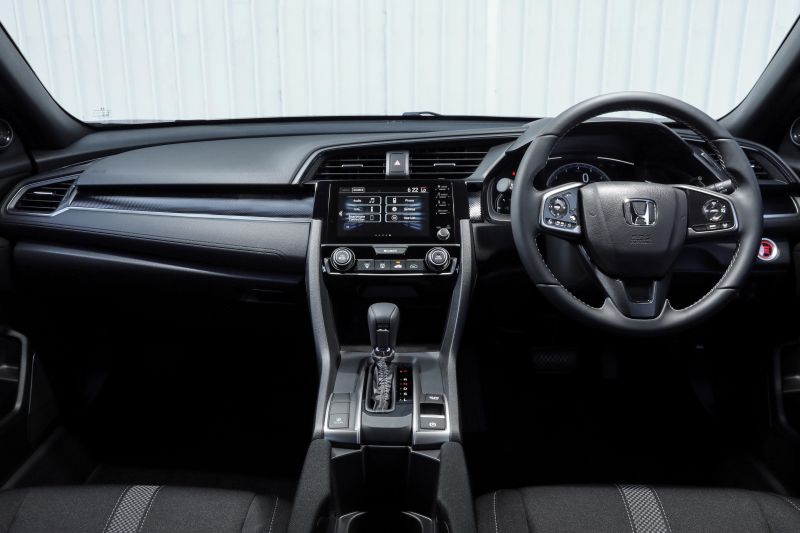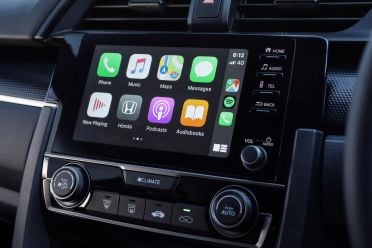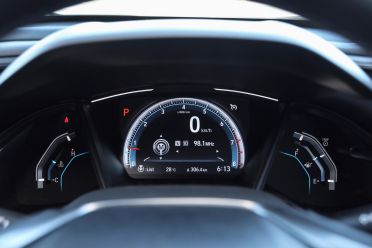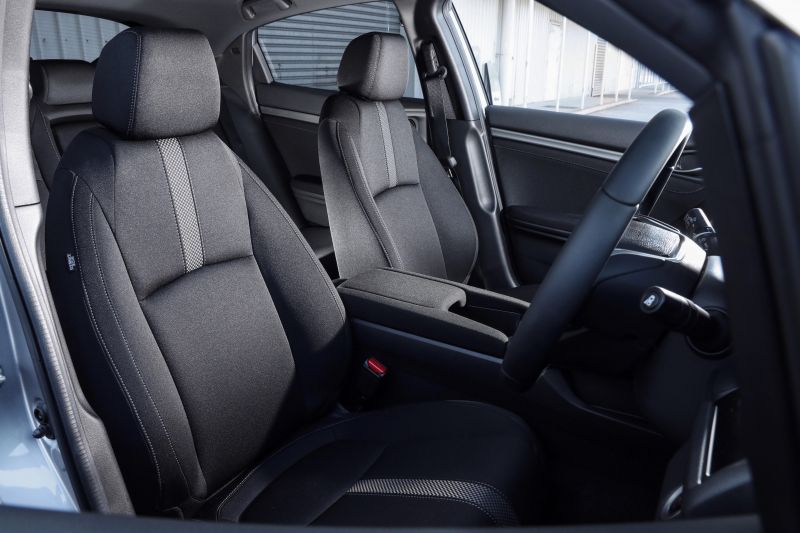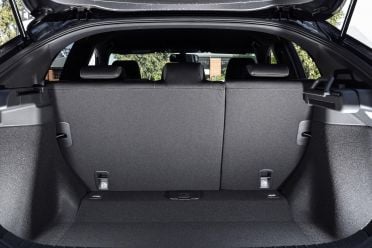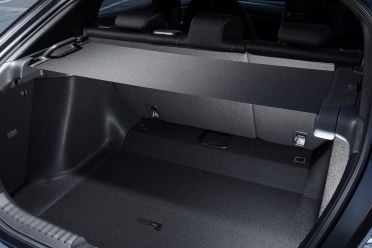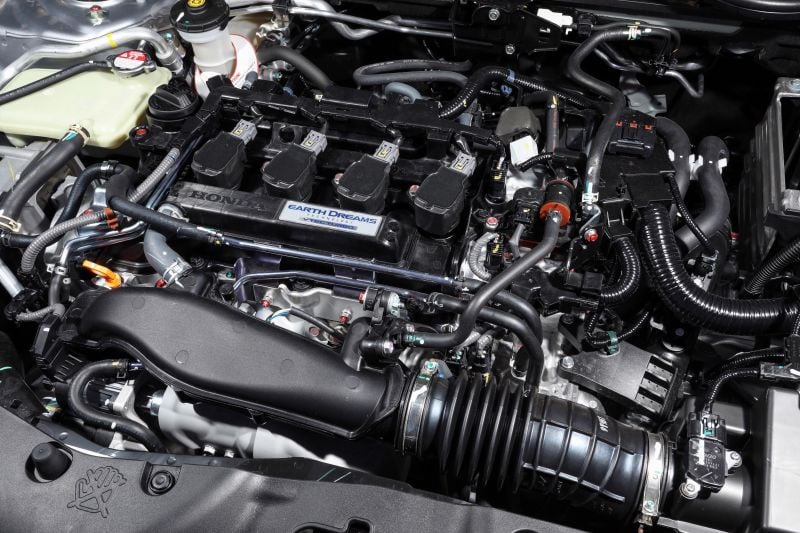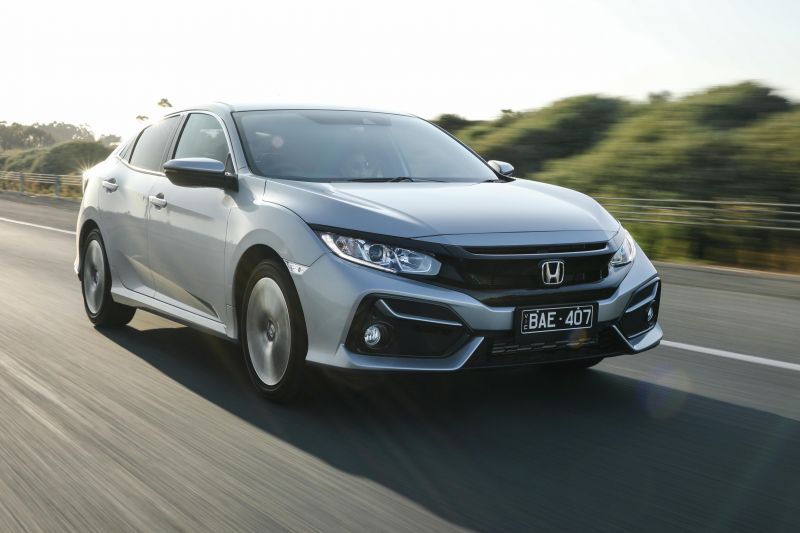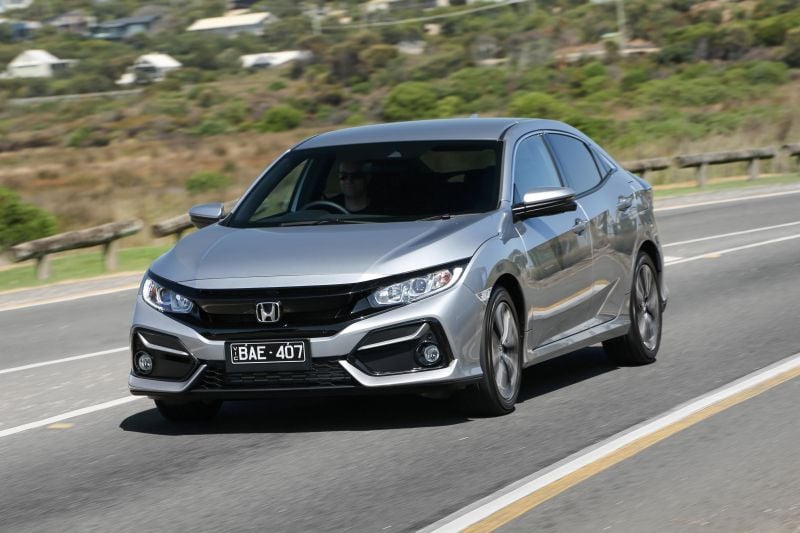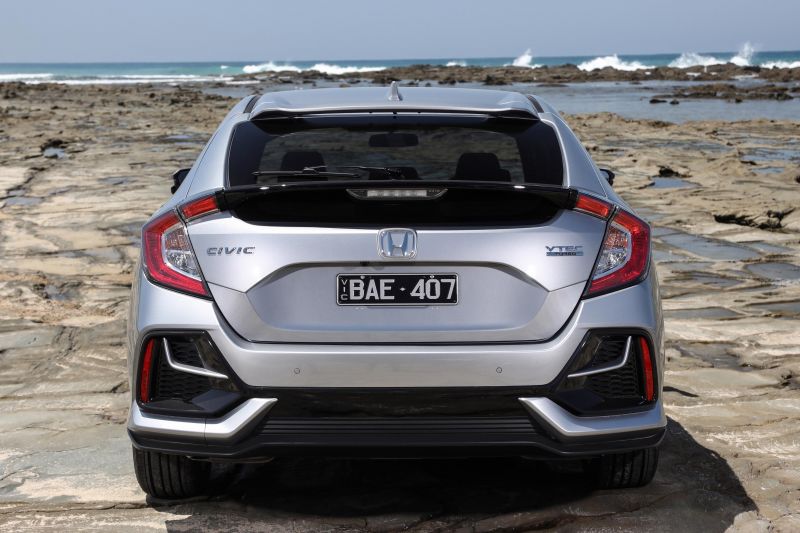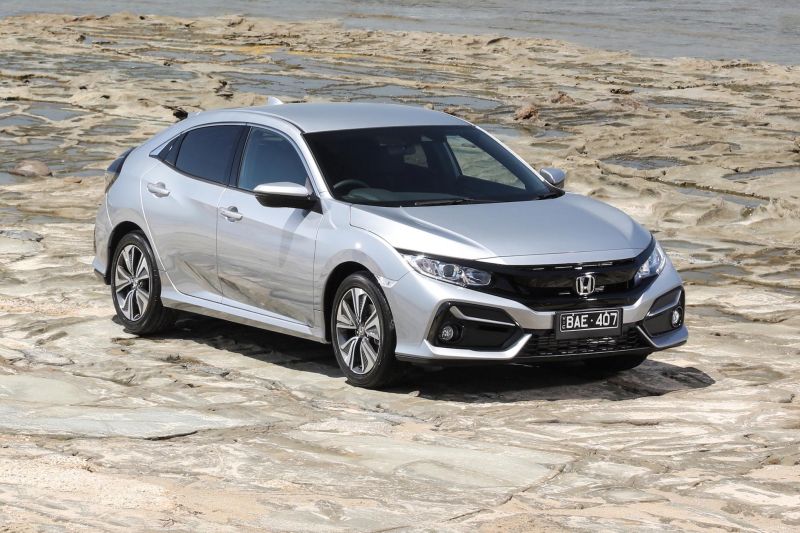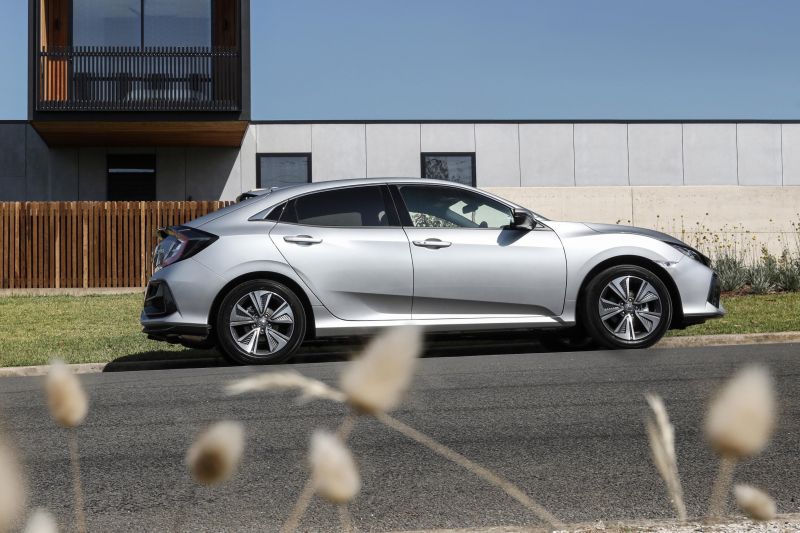A new Honda Civic is on the horizon for Australia, and the current model is going, going, gone.
Given it’s been almost seven years since its launch, we know plenty about the 10th-generation Civic. We know it’s not a small car anymore, with a cabin that majors on practicality, and we know it’s powered by a turbocharged engine with more punch than its naturally-aspirated rivals.
Is what’s coming up next a foregone conclusion, then? Not exactly.
The small car class has changed significantly since 2015, and we know a new Civic hatchback is due in Australia during 2022 with a sleek look and clean, modern interior.
What does Honda need to change for the new model, and which parts should be left alone?

How much does the Honda Civic cost?
Honda has slashed the Civic range in Australia as part of its shift to agency sales. In 2020 it featured 10 mainstream models and a choice of sedan or hatchback bodies, in 2021 it has three hatchback options.
The Honda Civic VTi L on test here is the middle child in the range, priced from $34,900 drive-away.
The range kicks off at $31,000 drive-away, and extends to $39,600 drive-away to the sporty-looking Civic RS. With the Type R gone from Australia until the next-generation model arrives, the RS is the current Civic flagship.
There are plenty of rivals out there for the Honda, led by the best-selling Toyota Corolla and Hyundai i30.
The equivalent Corolla hatchback is the SX Hybrid, which has a drive-away price just $50 below the Civic VTi L, while the Hyundai i30 Hatch Elite is around $800 cheaper using a Victorian postcode.
Kia will sell you a hot Cerato GT hatchback for $36,990 drive-away, but doesn’t have a perfect match for the Civic on paper.
The Ford Focus is leaving Australia, and the base automatic Volkswagen Golf is around $3000 pricier based on drive-away pricing.
It’s also worth noting the Civic is big, with boot space and dimensions knocking on the door of the segment above.
What do you get?
Standard equipment in the VTi-L includes:
- Power-folding mirrors
- Adaptive cruise control
- Autonomous emergency braking
- Lane departure warning
- Lane-keep assist
- Automatic headlights
- Automatic high-beam
- 17-inch alloy wheels
That’s atop the following kit, which is standard in the VTi-S:
- 7.0-inch touchscreen infotainment system
- Wired Apple CarPlay and Android Auto
- Single-zone climate control
- Fog lights
- Rear privacy glass
- Fabric trim with chequered accents
- Leather-wrapped steering wheel
- Camera-based blind-spot monitoring
- Keyless entry and start
- LED daytime running lights
- 16-inch alloy wheels
Is the Honda Civic safe?
The Honda Civic received a five-star ANCAP safety rating when it was tested in 2017.
It received a frontal offset score of 14.75 out of 16, a side impact score of 14.93 out of 16, and Good ratings for whiplash and pedestrian protection. Its overall score was 34.6 out of 37.
Front, front-side and curtain airbags, a reversing camera and front and rear parking sensors are standard on all Honda Civic models.
The Honda Civic VTi L and RS also feature:
- Autonomous emergency braking
- Lane departure warning
- Lane-keep assist
- Camera-based blind-spot monitoring
- Adaptive cruise control
What is the Honda Civic like on the inside?
Even six years on from its launch the Civic is massive inside. It feels more like a Camry than a city hatchback when you slot in behind the wheel.
The driving position is excellent. The soft front seats drop down low, and the steering wheel comes straight out of the dash rather than up at an awkward angle. It’s still a class-leader if you’re a tall driver looking for lots of space up front.
Honda’s infotainment technology really does date the Civic. Not only does the 7.0-inch screen looks small compared to what’s on offer in its Korean and European rivals, its graphics are blocky, and the software feels slow in the iPhone age. You’re better sticking with wired Apple CarPlay or Android Auto.
The driver is faced with a digital instrument binnacle dominated by a crescent-shaped rev counter and oversized digital speedo. The area below the speedo can be a trip computer, media controller, or blank space, and there are funky-looking temperature and fuel gauges off to each side of the cluster.
As is the case in the bigger CR-V SUV, the Civic has acres of storage space. There’s a huge bin under the central armrest (along with two cupholders, one of which is removable), a tray beneath the dashboard, and another space below the transmission tunnel.
It’s home to your USB ports and 12V socket, and is designed to keep unseemly cables hidden away. You’re able to feed them through a clip to the base of the dash, which is fiddly at first but likely won’t matter to owners once the cable is locked into place.
Wireless phone charging isn’t available anywhere in the outgoing Civic range, although it features on the new car that’s soon to arrive in Australian showrooms.
It’ll also be interesting to see if the more premium-looking new Civic backs its design with some higher-end materials. There’s nothing wrong with the trims in the VTi-L, but the thinly-padded central armrest and hard plastic shifter both feel a bit cheap.
The rear seats in the Civic are properly spacious. Headroom and legroom are both good for the class, making this a hatch you could comfortably use as a family car – provided you can deal with the lack of rear air vents. There’s a fold-down central armrest with cupholders in it, along with two ISOFIX/three top tether points for child seats.
Access to the rear comes through decent-sized doors that open wide, which makes loading kids easier, and the rising belt line doesn’t make it a nasty, dark place to spend time.
Boot space is a highlight in the Civic. Honda claims there’s 414L of space, but it feels and looks much bigger back there.
The low floor and giant boot opening make it easy to load, and the extra cutouts behind the wheel arches mean you’ll be able to get things like golf clubs in without folding the rear bench 60/40.
The boot narrows noticeably towards the seatbacks, but folding the seats still frees up a massive and usable space.
What’s under the bonnet?
Although the base VTi-S is powered by a naturally-aspirated 1.8-litre petrol engine, the Civic VTi-L ups the ante with a turbocharged 1.5-litre four-cylinder engine making 127kW of power and 220Nm of torque.
It uses a continuously-variable transmission (CVT) and is front-wheel drive.
Claimed fuel economy is 6.1L/100km on the combined cycle, and the car drinks 91 RON regular unleaded. The Civic has a 47L fuel tank.
We saw closer to 5.0L/100km during our time behind the wheel thanks to almost 600km of highway driving.
How does the Honda Civic drive?
It’s big from the outside, and it feels it on the road… but in a good way.
Some compact hatchbacks feel a bit tinny, but the Civic feels like it’s from a class (or two) up when you get rolling.
The suspension is well sorted, with a plush initial ride combining with decent body control to create a car that manages to feels comfortable without wallowing around. The fact this particular Civic is riding on sensible 17-inch alloy wheels with plenty of tyre wrapped around them helps too, and proves bigger isn’t always better.
Coupled with direct, fluid steering, the smartly-tuned suspension makes the Civic a breeze to drive in town. It keeps the harshest, nastiest bumps at bay, although occasionally expansion joints can make an unrefined thwack as they slap beneath the tyres.
With the seat set down low it’s one of the harder small cars to see out of, but there’s room to crank it up for shorter drivers.
The tall, chubby sidewalls mean you can play chicken with the kerb and not worry about gutter rash, and there’s a reversing camera on hand to help with tight reverse parking spots. It’s not the clearest in the game – the new Civic needs to be better.
Also in need of some work is the LaneWatch camera. It’s a good idea, and in ideal conditions makes it easier to spot cyclists or motorbikes when you’re changing lanes, but it only works on one side of the car. Unlike Hyundai, Honda doesn’t pair its camera with proper blind-spot lights, either.
The turbocharged 1.5-litre petrol engine does its best work when you’re not in a hurry. It’s relatively smooth and quiet on light throttle inputs, and has enough punch to get you moving without too much fuss. Ask more and it can be a bit noisy, though.
CVT transmissions aren’t known for being the most performance-friendly options out there, and this one doesn’t do much to change the game. Will the average buyer care? Probably not.
With its big footprint, long-legged ride, and settled engine humming away at low revs, the Civic is an accomplished highway cruiser, save for the noise. There’s a bit too much wind and road noise at 100km/h, especially on coarse chip highways, and especially in the rear seats.
Jack Quick spent some serious time on the highway in the Civic and also discovered the cruise control can be a bit prone to creeping over the set speed, which is a recipe for disaster in camera-happy Victoria.
They’re both acceptable chinks in what’s otherwise a solid compact hatchback, especially when you consider the price, but they’re both chinks we’re looking forward to seeing in Honda has ironed out of the new Civic when we drive it later this year.
How much does the Honda Civic cost to run?
The entire Honda Civic range is covered by a five-year, unlimited-kilometre warranty with five years of free roadside assistance.
Maintenance in the Civic is required every 12 months or 10,000km. Some rivals have 15,000km intervals, although Honda does offer class-leading service prices since its switch to agency sales.
Each of the first five services cost $125, meaning five years of servicing will cost you just $625.
CarExpert’s Take on the Honda Civic VTi-L
The Civic has aged gracefully. It’s still massive inside, and has a grown-up drive that fits right in with its more modern competitors.
It also represents decent value compared to the drive-away prices you can get on its rivals, especially when you consider its dirt cheap servicing. Honda says the last few cars coming to Australia have names against them, so you’ll need to get lucky and hope for a cancelled order to get one.
The VTi L doesn’t feel overtly luxurious, but it does have enough nice touches to justify its price – and to make the more expensive Civic RS, which doesn’t actually offer any more performance, a nice to have rather than a must have.
There’s still room for improvement, though. Honda’s infotainment technology lags behind the competition, and the new Civic needs to be quieter on the open road to compete with the Golf.
If Honda can fix those two things, the next-generation Civic that’s now starting to arrive on Australian shores will be well worth a look.
Click the images for the full gallery
MORE: Everything Honda Civic













